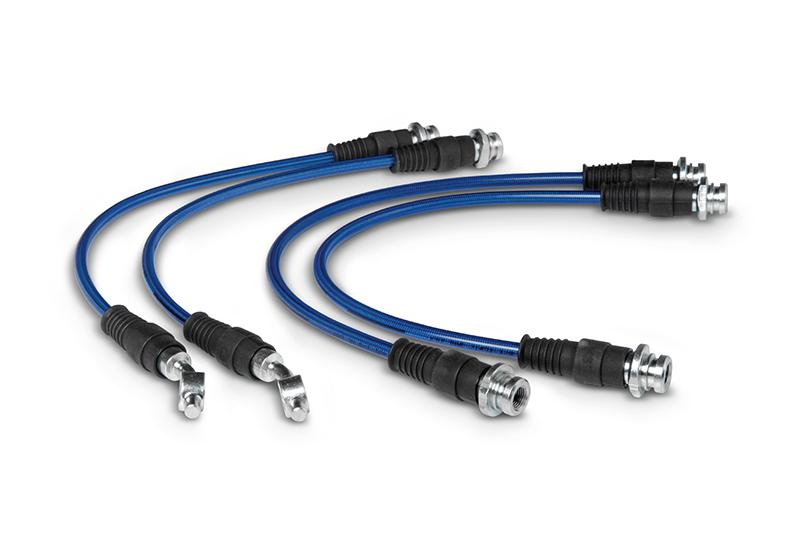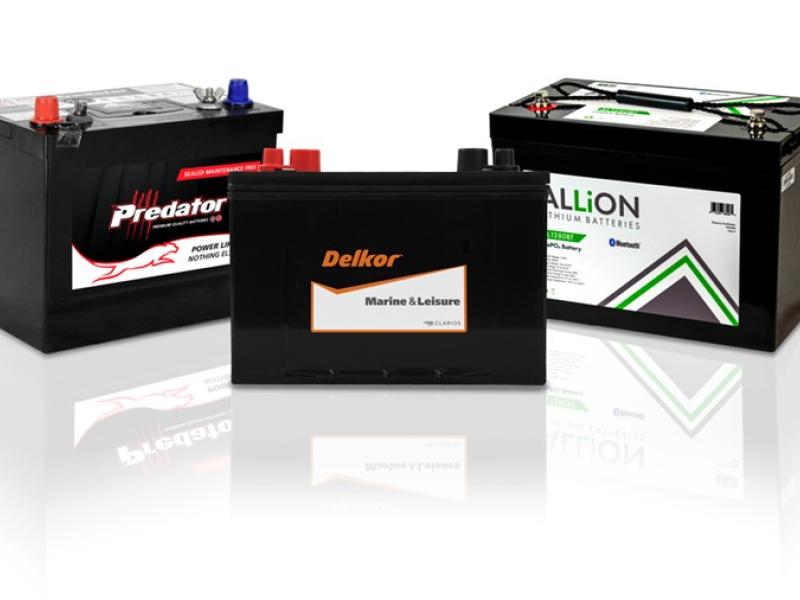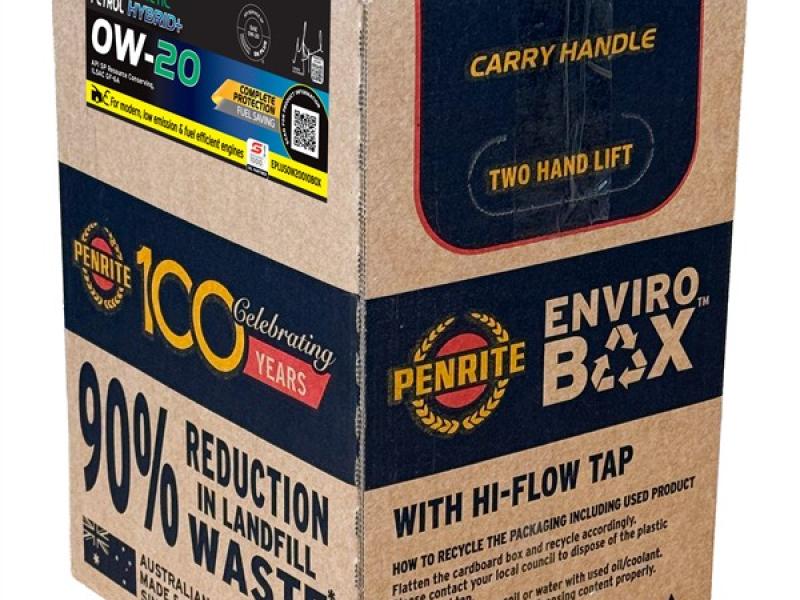When thinking about braking systems, hoses are likely to be well down the list in terms of the components that immediately come to mind for most people.
Although brake hoses may not have the same prominence as other components such as brake pads, disc brake rotors, calipers or even the brake master cylinder, the humble brake hose is actually one of the most regulated components of a vehicle. This gives an indication of how critically important brake hoses are to the overall performance of a braking system.
In a nutshell, brake hoses are responsible for carrying brake fluid from a vehicle’s brake lines – which are fixed to the car or truck’s underbody – on the last part of the fluid’s journey to the brake calipers which of course are located at the wheels. The fact that there’s wheel movement going on as part of the suspension assembly as well as for steering, means that brake hoses need to flexible yet tough.
Another reason they need to be robust is because the brake fluid travels through under high pressure once the brake is applied and the brake master cylinder comes into play. Brake fluid is non compressible, so the pressure that’s generated at the pedal is maintained to deliver the necessary braking force to safely bring a vehicle to a standstill. In order to maintain this pressure, the hose must retain its original shape.
It’s no surprise then that the regulations and testing that govern the manufacture of brake hoses is strict, with testing benchmarks set that are unlikely to ever be replicated in real world driving conditions.
Brake hose standards
To meet governing DOT and SAE J1401 standards, brake hoses must pass the following tests:
• Burst pressures. Must withstand water pressure of 4,000 psi for two minutes.
• Whip testing. Must endure being continually bent for 35 hours under pressure.
• Tensile testing. Hose assembly must withstand a pull of 325 pounds (approx. 147kg) without separating from its end fittings in a ‘slow pull’ test and 370 pounds (approx. 168kg) in a ‘fast pull’ test.
• Cold resistance. Hose is chilled to -45°C for 70 hours and must not show visible cracks when bent around a cylindrical shape.
• Chemical resistance. Hose is subjected to 120°C for 70 hours while filled with an SAE ‘compatibility fluid’; afterwards the hose is subjected to a 4000 psi burst test.
• Ozone resistance. Hose assembly is exposed to ozone for 72 hours at 40°C and then inspected for cracks under magnification.
• Fitting corrosion resistance. Hose assembly is exposed to salt spray for 24 hours and must show no base metal corrosion to the end fitting surface.
Replacing brake hoses
Most OEMs don’t have set schedules for replacing brake hoses, so they should be inspected during vehicle servicing, both visually and by feeling the hoses with the hands to pick up any potential cracks or deformities that are out of sight.
If any of the following flaws are detected during an inspection, the brake hoses should be replaced:
Cracks – even if very small, there’s a risk they’ll grow leading to possible bursting.
Bubbles or other deformities – the hose should not change shape under braking pressure (have someone pump the brake pedal during this test.)
Leaks and stains – a leak or stain is not normal and will allow air and moisture into the braking system – this means reduced braking force and an increase in corrosion within the system.
Corrosion – while brake hose fittings are plated to resist corrosion, when this protection wears away, corrosion will occur faster, potentially compromising the fitting.
Bendix braided brake hoses
Bendix offer Ultimate 4WD Brake Hose Kits for standard height vehicles as well as in longer lengths for those four-wheel-drives equipped with raised suspensions – all meet the SAE J1401 standards as described earlier as a minimum.
To ensure high levels of performance and durability, the Bendix brake hoses are constructed from PTFE (Teflon) tubing which is then covered by woven stainless steel 304 braid and finished with the Bendix blue protective layer that further safeguards the braid from dirt, dust and grime.
While steel braiding isn’t required under SAE J1401, this added component helps to deliver a more consistent and firmer brake pedal feel and prevents over expansion of the hose under high braking pressures.
For additional performance, the Ultimate 4WD Brake Hoses are terminated with 12L14 steel and chrome plated; they also feature a rubber over-moulding designed to minimise coupling-to-hose fatigue which provides a longer life in tough environments.






